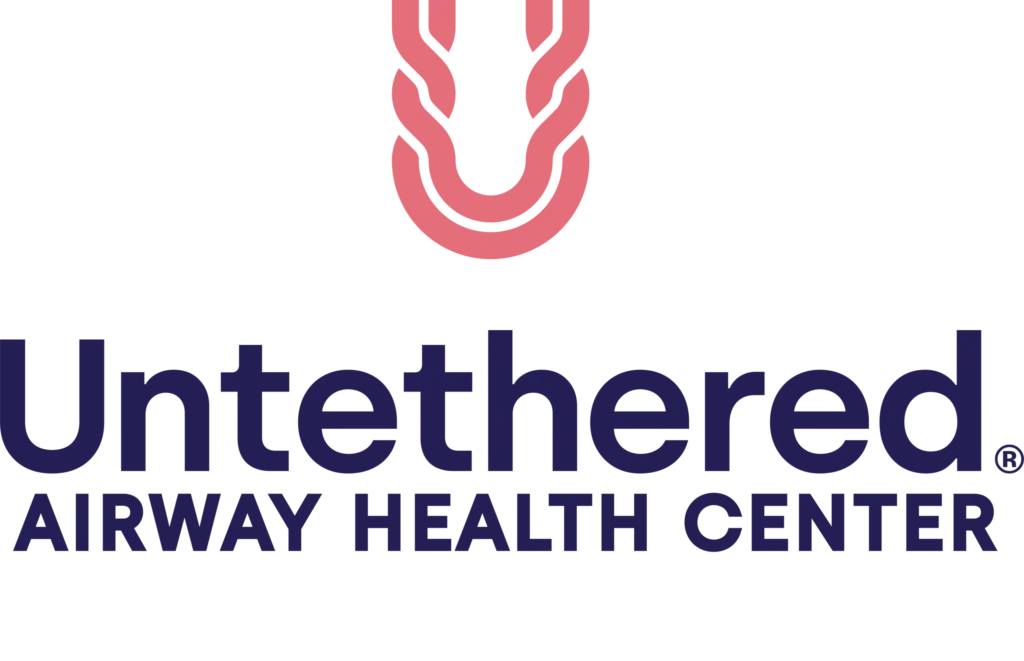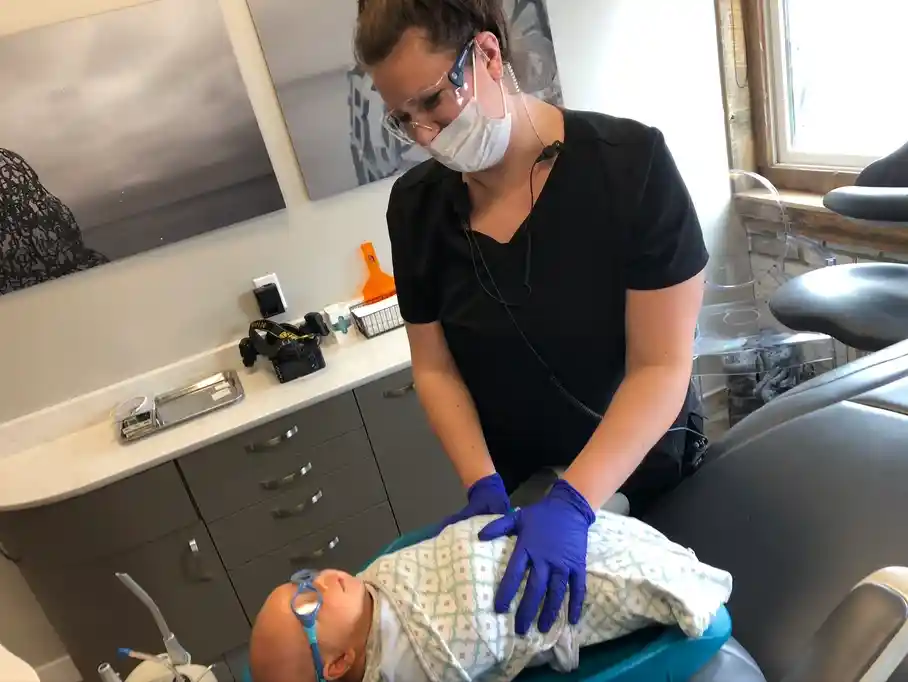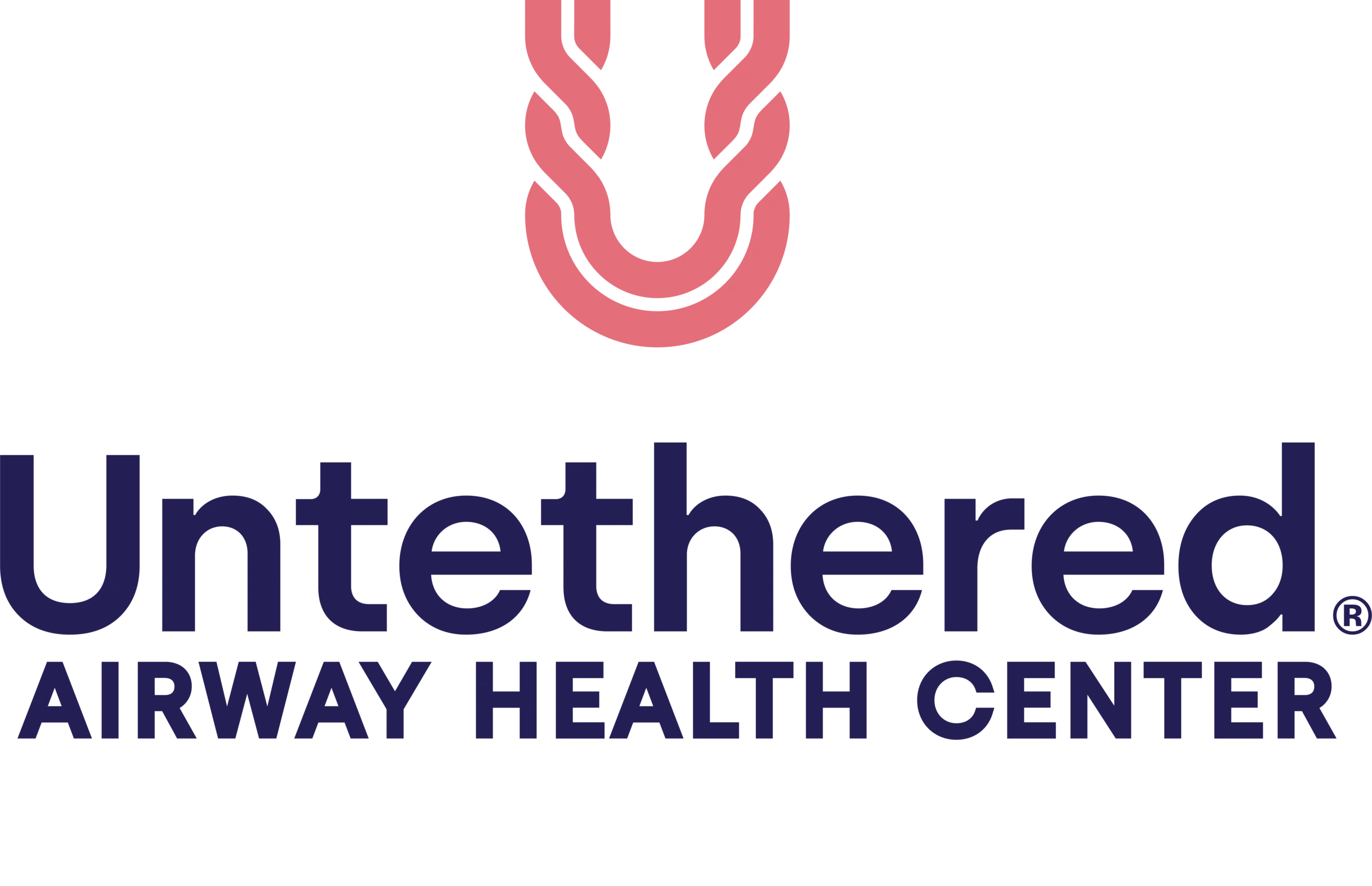If your healthcare provider or a loved one has recommended you try myofunctional therapy, you might not be certain what the therapy can achieve. There are actually four goals of myofunctional therapy, and patients quickly learn to master these goals with ongoing practice.
Here we explain the four goals of myofunctional therapy and the issues they help correct.
What Are the Four Goals of Myofunctional Therapy?
Myofunctional therapists have four goals in mind for their patients:
1. Nasal breathing
2. Lips seal
3. Proper tongue posture
4. Correct swallowing pattern
While these seem like things you have already mastered, if you require therapy, you have unknowingly formed habits interfering with your ability to do them naturally. Since something like breathing through your nose or resting your tongue in the proper position is a subconscious action you learn as a small child, you need to retrain yourself and your muscles to perform these actions properly.
Bad habits like mouth breathing or improper tongue posture can lead to a long list of health issues. These goals are designed to return proper function so you avoid the symptoms and issues you can develop with improper breathing and swallowing.
What is Myofunctional Therapy?
Myofunctional therapy retrains your tongue, lips, jaw and tongue muscles so you obtain normal resting posture. Your myofunctional therapist has the four above goals in mind because this is how you achieve proper nasal breathing and correct airway posture. The therapy is recommended for people who have myofascial disorders associated with the muscles in their face and mouth. These disorders impact your facial skeletal growth and development, and can also cause issues with:
- Chewing
- Swallowing
- Speech production
- Occlusion (bite)
- Temporomandibular joint disorder (TMD)
- Stability of orthodontic treatment
- Facial esthetics
Myofunctional therapy addresses the root causes of these issues and helps restore proper function.
When is Myofunctional Therapy Recommended?
A recommendation for myofunctional therapy relates to several different issues, including:
- Tongue Thrust: Tongue thrust is a disorder where the tongue is always in a forward position. As a result, it can lead to issues with breastfeeding in babies and speaking and swallowing issues in older children and adults.
- Lisps: If you have a lisp, it can be corrected by retraining your tongue and facial muscles to be in the correct place when speaking.
- Tongue-Ties and Lip-Ties: Tongue-ties or lip-ties affect breastfeeding babies, but if left untreated it can also lead to issues with speaking, sleeping, chronic pain, and other health issues in children and adults.
- Snoring and Sleep Apnea: Snoring and sleep apnea are common sleep issues that can impact your overall health. Sleep apnea is a serious health issue as it causes you to start and stop breathing frequently throughout the night.
- Swallowing and Chewing Issues: If you don’t chew and swallow properly, it impacts the development of your face and can also lead to other issues, including pain.
- Open Bites: Open bites make it difficult to chew and swallow properly. They can be a result of tongue thrust, thumb-sucking, or TMJ issues.
- Mouth Breathing: If you breathe through your mouth, it can lead to several health and dental issues.
By working with a myofunctional therapist and accomplishing the four goals of myofunctional therapy, you’ll retrain your facial muscles and joints to work together as they should. You’ll be on the road to correct the above ailments and feel better in the process. If you or your child suffers from any of these issues and would like to learn more about myofunctional therapy, schedule a consultation with Dr. Liz Turner so she can assess your unique situation.






